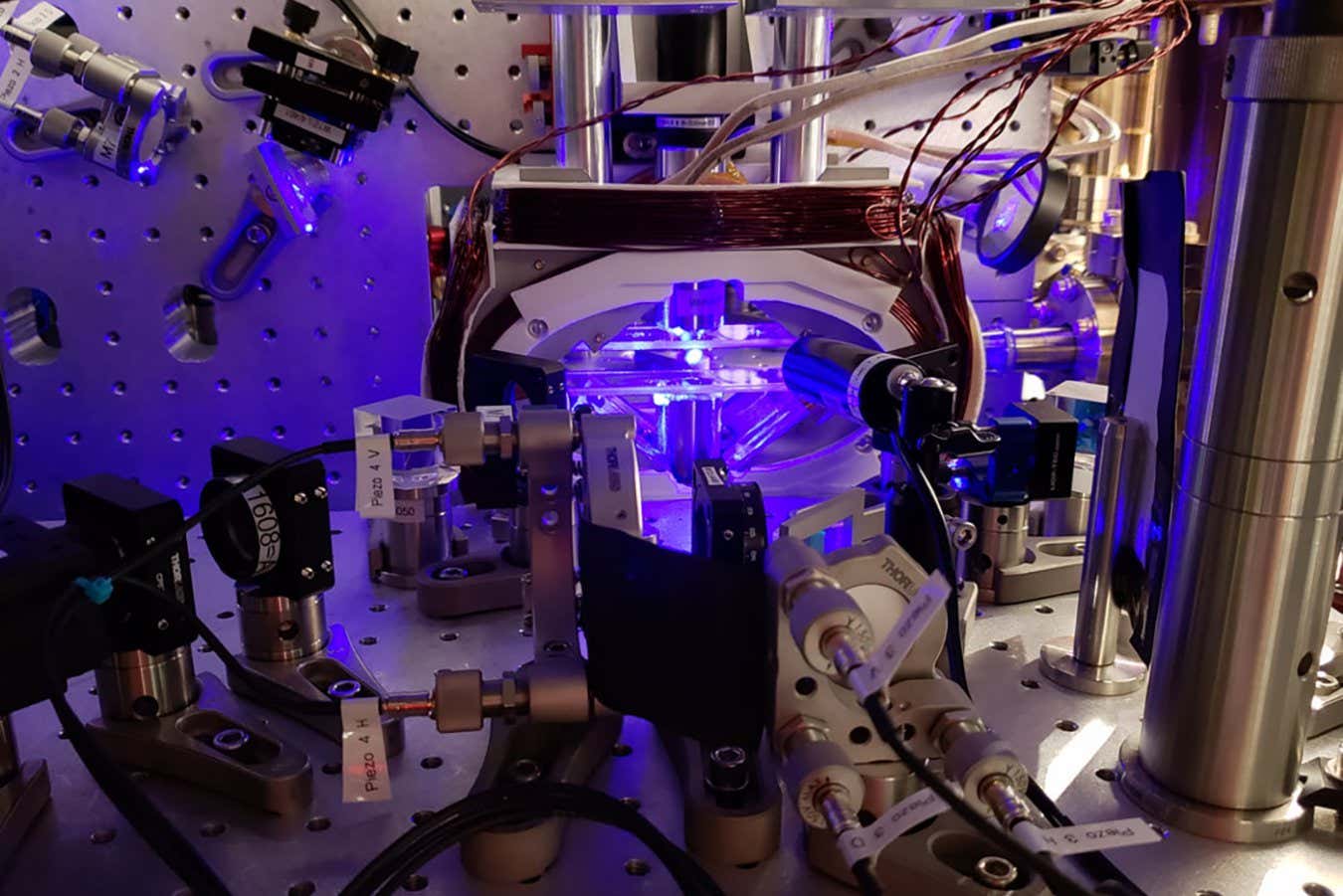What do transgenderism, embryo design, and the erasure of religion have in common? They’re pillars of a growing transhumanist agenda.
The problem? The file was unencrypted. No password protection. No security. Just a plain text file with millions of sensitive pieces of data.
Based on his analysis, Fowler determined the data was captured by some kind of infostealer malware. A popular tool used by cybercriminals, an infostealer is designed to grab usernames, passwords, and other sensitive data from breached sites and servers. Once the criminals get their hands on the data, they can use it to launch their own attacks or peddle the information on the dark web.
After finding the database, Fowler contacted the hosting provider, which removed it from public access. Since the provider would not disclose the name of the file’s owner, Fowler said he didn’t know if the database was created legitimately and then accidentally exposed or intentionally used for malicious reasons.
Researchers have identified a molecule in the brain called NEAT1 that plays a key role in light sensitivity, a common and painful symptom of migraines.
Explosions typically connected to black holes and dying stars may happen right in our planet’s atmosphere, too.
The unusual orbit of a possible dwarf planet, known as 2017 OF201, makes it less likely that our solar system contains a hidden ninth “Planet X”
Researchers from the University of Innsbruck have unveiled a novel method to prepare quantum operations on a given quantum computer, using a machine learning generative model to find the appropriate sequence of quantum gates to execute a quantum operation.
The study, recently published in Nature Machine Intelligence, marks a significant step forward in realizing the full extent of quantum computing.
Generative models like diffusion models are one of the most important recent developments in machine learning (ML), with models such as Stable Diffusion and DALL·E revolutionizing the field of image generation. These models are able to produce high quality images based on text description.
Likened by its creators to an “ornate layered cake,” the Tor Alva has been completed in Switzerland. Hailed as the world’s tallest 3D-printed building, this remarkable structure rises to an impressive height of 30 m (98.5 ft).
Tor Alva (aka White Tower) is located in the small alpine village of Mulegns that’s currently home to just 11 people. It was created by researchers at ETH Zurich, in collaboration with cultural foundation Fundaziun Origen, to show off the capabilities of cutting-edge 3D-printing techniques.
Architect Michael Hansmeyer and ETH Professor of Digital Building Technologies Benjamin Dillenburger designed its actual form, which consists of an intricate structure of 32 white concrete columns that rise over four floors and taper before fanning out to top out with a dome. The interior, meanwhile, has a capacity for 32 visitors and includes stairs on each floor, with a performance space at the top.
Anthropic CEO Dario Amodei believes today’s AI models hallucinate, or make things up and present them as if they’re true, at a lower rate than humans do, he said during a press briefing at Anthropic’s first developer event, Code with Claude, in San Francisco on Thursday.
Amodei said all this in the midst of a larger point he was making: that AI hallucinations are not a limitation on Anthropic’s path to AGI — AI systems with human-level intelligence or better.
“It really depends how you measure it, but I suspect that AI models probably hallucinate less than humans, but they hallucinate in more surprising ways,” Amodei said, responding to TechCrunch’s question.
Improving energy conversion efficiency in power electronics is vital for a sustainable society, with wide-bandgap semiconductors like GaN and SiC power devices offering advantages due to their high-frequency capabilities. However, energy losses in passive components at high frequencies hinder efficiency and miniaturization. This underscores the need for advanced soft magnetic materials with lower energy losses.
In a study published in Communications Materials, a research team led by Professor Mutsuko Hatano from the School of Engineering, Institute of Science, Tokyo, Japan, has developed a novel method for analyzing such losses by simultaneously imaging the amplitude and phase of alternating current (AC) stray fields, which are key to understanding hysteresis losses.
Using a diamond quantum sensor with nitrogen-vacancy (NV) centers and developing two protocols—qubit frequency tracking (Qurack) for kHz and quantum heterodyne (Qdyne) imaging for MHz frequencies—they realized wide-range AC magnetic field imaging. This study was carried out in collaboration with Harvard University and Hitachi, Ltd.









